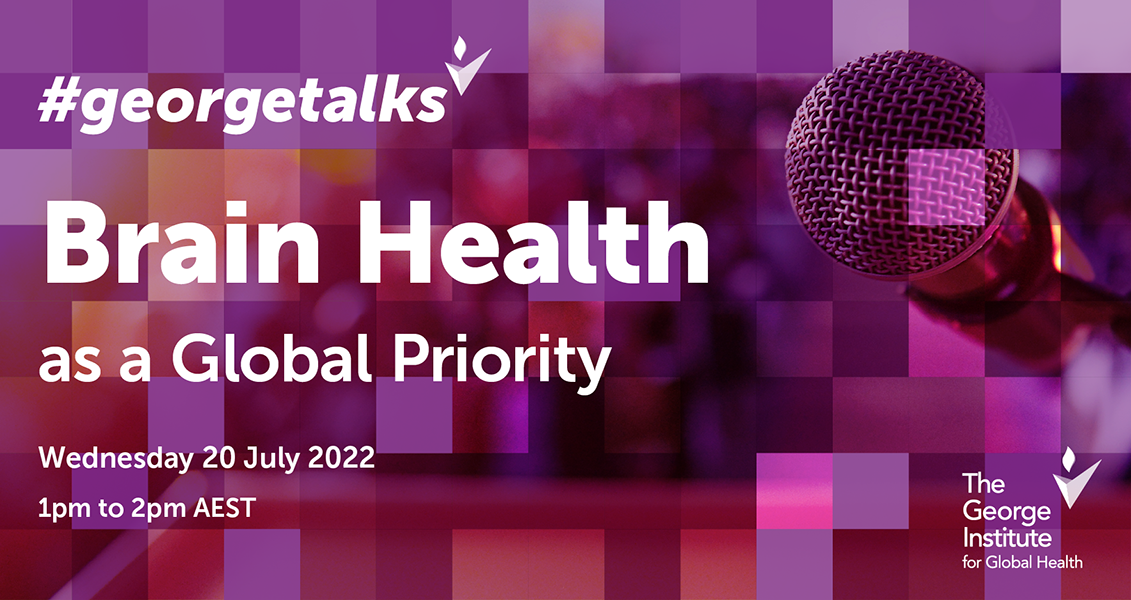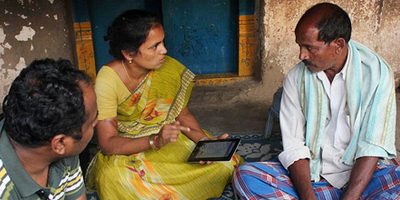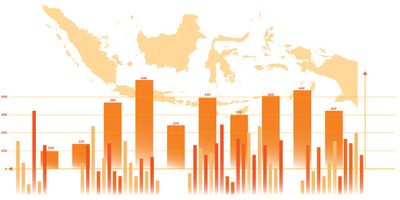Despite strong evidence of the health benefits, a new review of strategies to reduce the sodium content of packaged foods shows there has been little progress, with many countries falling short of the new World Health Organisation sodium benchmarks.
Why is salt a problem and how do we reduce it?
Globally, high blood pressure accounts for just over ten million deaths and eating too much salt - a leading cause of high blood pressure - is responsible for almost two million deaths.
Packaged or processed foods make up three quarters of the daily salt intake in high-income countries like Australia, and they’re now increasingly consumed in lower income countries.
Reducing the amount of sodium in packaged foods is an effective and cost-effective way to reduce the burden of disease attributable to high sodium intakes.
A key approach is reformulation - the process whereby manufacturers alter the nutritional composition of foods by reducing concentrations of harmful nutrients.
Either voluntary or mandatory, it can include setting reformulation targets, signed agreements between government and industry bodies or specific manufacturers and supporting manufacturers to reformulate through workshops and meetings.
What is the WHO doing about this problem?
In its 2010 Global Status Report on Noncommunicable Diseases, the WHO recommended salt reduction as a ‘best buy’, recognising it as one of the most cost effective and feasible approaches to prevent these diseases.
In 2013, it recommended Member States reduce population salt intake by 30 percent to try and reduce premature deaths from noncommunicable diseases (NCDs) by a quarter by 2025.
A subsequent systematic review by George Institute researchers found that in 2014, 75 countries had a national sodium reduction strategy, and 61 of those were working with the food industry to reduce sodium in packaged foods. However, less than half the programs were implemented in low- and middle-income countries, where the majority of deaths from NCDs occur.
Another review assessing progress towards WHO targets found that by 2019, more than 96 countries had a national sodium reduction strategy. But no country had yet met the 2025 target of 30 percent reduction in salt intake. The authors concluded that efforts would need to be accelerated if the targets are to be met.
In May 2021, the WHO released global sodium benchmarks to guide countries in setting national sodium targets in a further effort to boost the reformulation of processed foods around the world.
The new study by the George Institute team is the first to compare national strategies to reduce sodium in processed foods against these benchmarks.
What did this review find?
The latest analysis, published in Advances in Nutrition found the number of countries with national food reformulation strategies and sodium reformulation targets hasn’t changed much since 2014.
Most countries that already had programs in place had not updated them since the previous review in 2014 and they are still predominantly in high income countries. No low-income countries were found to have reformulation programs.
Where they did exist, many countries’ reformulation strategies were less than ideal, but the WHO initiative has been designed to address the key issues, summarised below.
| Problem | Solution |
Strategies in most countries target just one or a limited selection of foods, which is unlikely to significantly reduce population sodium intake. | WHO benchmarks cover most packaged foods across 11 major food categories, with targets for 58 sub-categories. |
Some countries have average targets or percentage reduction targets, which can be challenging to implement and monitor. | WHO benchmarks are set as maximum targets set at the lowest appropriate sodium concentration - the most practical and feasible approach. |
Only one quarter had plans to incrementally lower targets over time, which helps to continually reduce sodium in packaged foods. | The WHO has plans to progressively lower the sodium benchmarks over time. |
Less than half had evaluated the impact of the strategy, which keeps governments and the food industry accountable for accountable for their commitments. | The WHO is developing global guidance for monitoring and evaluating sodium targets. |
Where to from here?
Although the review paints a fairly bleak picture of the current efforts to reduce population sodium consumption, with little change over time, it is hoped that the latest move by the WHO may provide the impetus for change.
The benchmarks will provide a consistent target for global food manufacturers so they don’t need to work to different targets across multiple countries. There will also be step by step guidance for countries to adapt the benchmarks to their local context, where needed.
And to better assess the impact of the benchmarks initiative, the WHO is now working on guidance for global monitoring and evaluation.








































